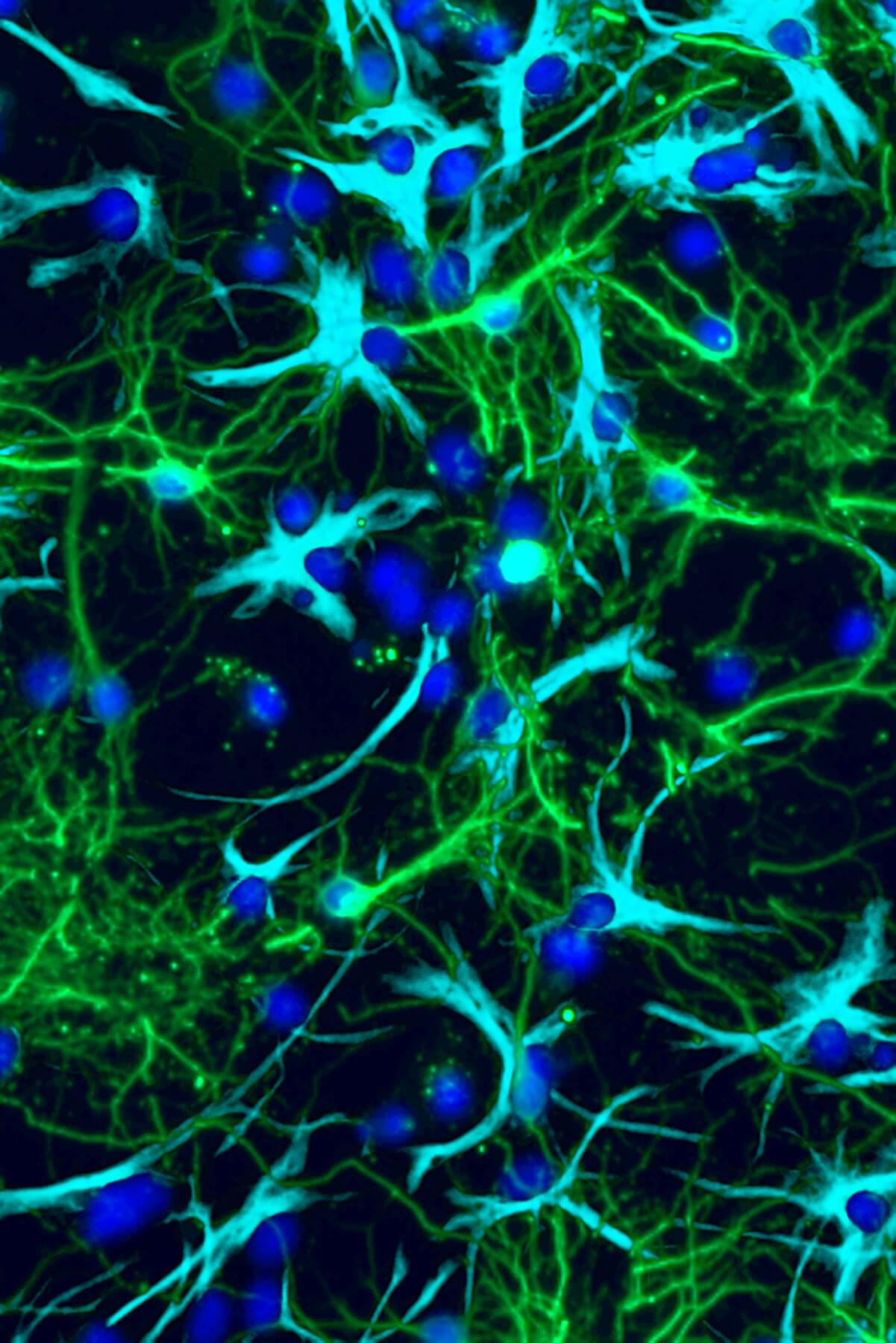On Mars, the past is written in stone—but the present is written in sand. Last week, Perseverance explored inactive megaripples to learn more about the wind-driven processes that are reshaping the Martian landscape every day.
After wrapping up its investigation at the contact between clay and olivine-bearing rocks at Westport, Perseverance is journeying south once more. Previously, attempts were made to drive uphill to visit a new rock exposure called Midtoya. However, a combination of the steep slope and rubbly, rock-strewn soil made drive progress difficult, and after several attempts, the decision was made to return to smoother terrain., the effort wasn’t fruitless, as the rover was able to gather data on new spherule-rich rocks thought to have rolled downhill from Midtoya, including the witch hat or helmet-shaped rock “Horneflya,” which has attracted much online interest.
More recently, Perseverance explored a site called Kerrlaguna where the steep slopes give way to a field of megaripples: large windblown sand formations up to 1 meter (about 3 feet) tall. The science team chose to perform a mini-campaign to make a detailed study of these features. Why such interest? While often the rover’s attention is focused on studying processes in Mars’ distant past that are recorded in ancient rocks, we still have much to learn about the modern Martian environment.






